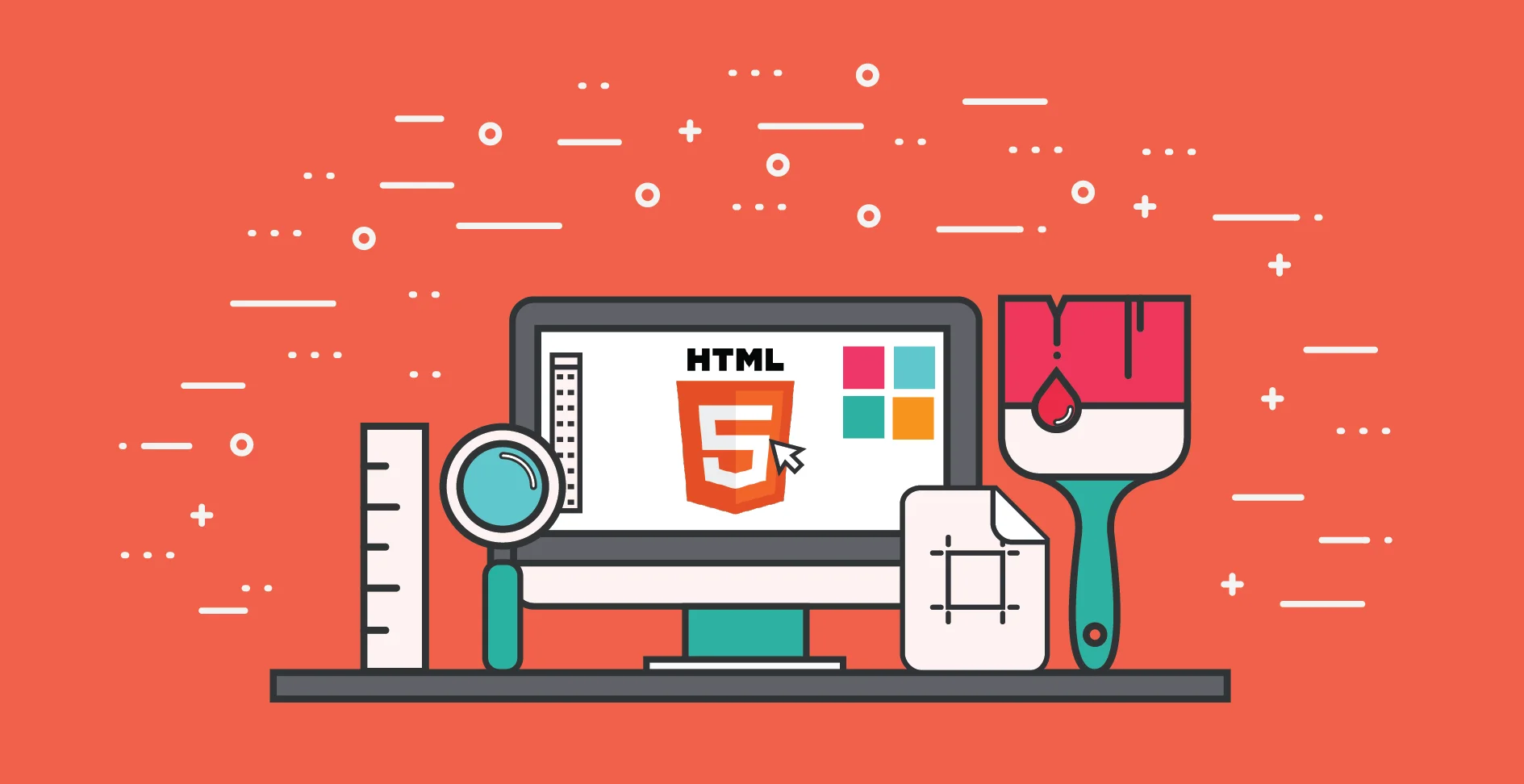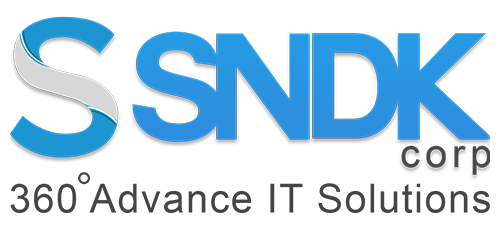Blog
Built-in HTML 5 For Industrial Automation
With the increasing use of HTML5 in industrial automation, a lot of complexities increase too. This article talks about how built-in HTML5 contributes to industrial automation and why it is a good choice for the same.
HTML5 is one of the newest technology buzzwords that is trending and getting a lot of attention in the industrial manufacturing space. It is leading to the introduction of many Human Machine Interface (HMI) platforms based on HTML5. HTML5 compliance is finding its way in the analysis tools for MES, configuration software, and other products. Before we discuss how HTML5 can help in industrial automation, let’s quickly understand what HTML5 is all about.
What is HTML5?

HTML5 is the fifth major version of the Hypertext Mark-up Language and it is one of the core languages of the Internet. The previous version of HTML was 4.01 which got released just before the year 2000. Then later in 2014, HTML5 was published as a recommendation by the World Wide Web Consortium (W3C). It is everywhere in your day-to-day lives. For instance, when you surf the internet to see web pages on any device be it PC, tablet, phone, or TV, it displays the page by processing HTML code.
How built-in HTML5 benefits Industrial Automation?
One can create a beautiful yet responsive user interface through new CSS3 style definitions and by working with the latest features in web development technologies. This was the basic idea behind using HTML5 for industrial web applications while working on an internal project simultaneously. Here is why HTML5 is a good choice for building an automated industrial web application
1. Web Server: The primary job of a web server is to make web pages available for multiple devices. NodeJS offers a simple but complete web server written in JavaScript. One can use Visual Studio for development as it comes with NodeJS Tools for Visual Studio which can be integrated perfectly with the existing VS environment.
2. Database Processing: It offers an Interface required for both the SQL database and the server to process the results. NodeJS offers several modules which can be installed on the system along with NodeJS Tools. One of the popular tools amongst these modules is the SQL driver for any SQL database provided by Microsoft. It allows you to create objects and arrays ready for broadcast to clients.
3. Communication Channel: A Web Socket is an ideal way to facilitate a bidirectional communication such as a protocol needed to transmit data between the client and server. Applications can send a request to the server (NodeJS) and receive a response but other messages can be broadcasted without having the need for sending any request. For instance, a timer to upgrade a meter. A Web Socket can also be used to identify the warehouse operators using IP addresses as the Web Socket connection requires a handshake. This communication channel can be implemented using a module called Socket.IO provided by NodeJS.
Why does in-built HTML5 matter to industrial manufacturers?
All the vendors across the globe are shifting towards HTML5 for obvious reasons. For scripting a non-standard logic, many software packages depend upon ActiveX objects for displaying interactive graphics, and Visual Basic for Applications (VBA). There is a high probability that these packages may require proprietary client-side applications to use the software and it has been standard for a long time in the industrial space. But these technologies face some major issues that HTML5 addresses. Here is a brief:
- Such technologies cause a lot of trouble and can’t be easily ported to mobile phones. You need add-on packages to manipulate the software and make it accessible. Not only this, but there is no assurance that it will work even after. The result is more likely to be limited to work on some devices only.
- It could be the case that one employee is able to interact with an HMI package on a particular model of Android phone while other employees using iPhones can’t access it.
- The base technologies and frameworks are becoming obsolete which makes this process more difficult. Because of the same reason, Microsoft abandoned further advancement to VBA in the late 1990s and published its goal to not continue ActiveX.2 in 2015.
Final Thoughts
HTML5 is undoubtedly a great choice to deliver an excellent end-user experience as it offers a wide range of controls that ease feature implementation in web apps. But the support for HTML5 web elements is not the same between browsers and browser versions which makes the automated functional tests quite complex. And as we know that the users access your application on different devices and browsers, it gets crucial to deliver flawless functionality and guards against browser incompatibilities that affect usability and user experience for complete industrial automation.
